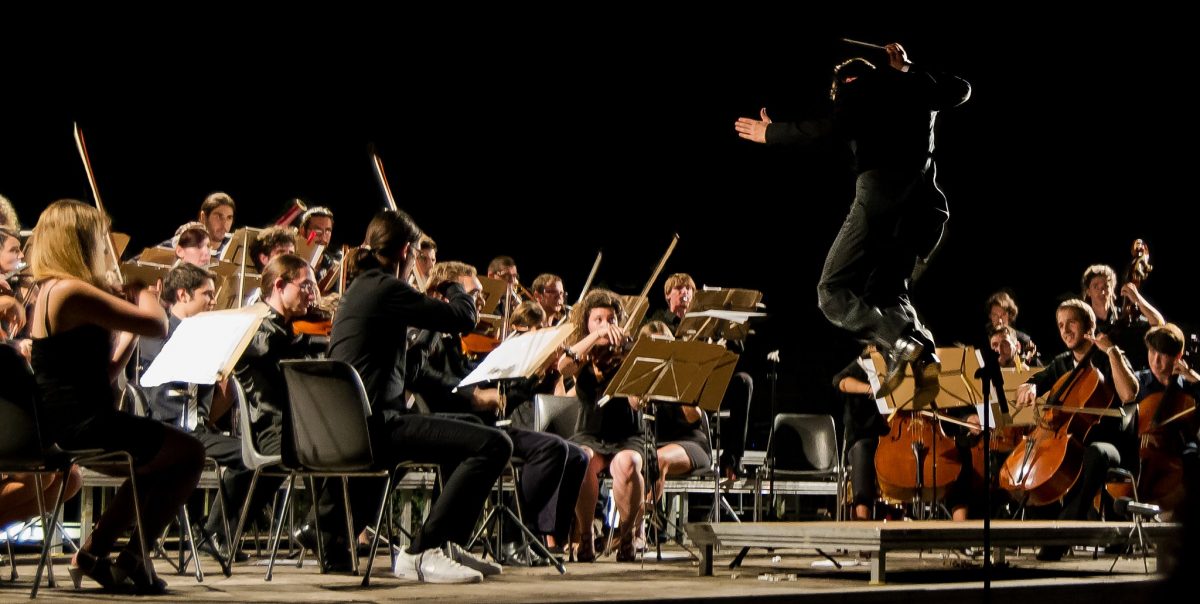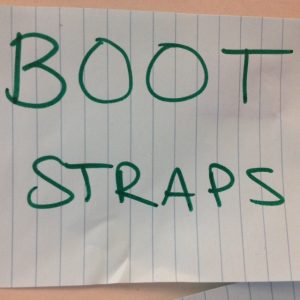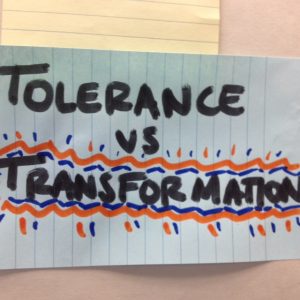Understanding culture and power is the “how” of teaching. If I know where my students come from, it is much easier to tailor my teaching to make it relevant and accessible for them. When information is tied to personal experience, students are motivated and remember their learning longer. The point of understanding culture and power is acknowledging that the system we work in represents a certain culture that disadvantages certain students unless we advocate for them and actively work against the system. Three words from our discussion, I think illustrate this point well:
Boot straps illustrates the illusion of meritocracy for me. In the context of our readings, we discussed the notion of giving students expectations and assessments based on merit, when in reality, students succeed based on their accessibility to the learning. This doesn’t mean teachers pull up the boot straps of students for them, but gives them the tools so that they are able to pull up their own boot straps.
Transformational teaching means students are asked to critically think about the systems that shape them and advocate for social change. It is important to me that my teaching is transformative because my learning in public school was about acceptance and tolerance. I didn’t start asking questions about the system until I was in college, but it is important for students to start thinking critically and diversely much earlier!
I really like this term, because it refers to a living trauma that still effects a lot of people, though the actual events may have been in the past. For example, students who have lost touch with their native culture because their ancestors weren’t allowed to sing or dance could experience trauma. Or, a student whose parent had a bad experience in school may feel the effects of trauma in school.
At our closing circle, David’s comments about the music touched me deeply. Those words are the reason I am a musician. He talked about music as a universal language that can move anyone, that everyone can appreciate (if they are taught). He talked about the power of Wooch.een (the Tlingit word for being together, working together) and the parallel he saw between playing together as an ensemble and our society, or our classrooms.
In short, this is also why I’m an educator. To move students. To get them to think about their role in the ensemble.
When I go to Malaysia next year, I will be in an interesting position, where Whiteness is not the dominant culture, but where White systems of education (teaching English, cultural “ambassador”) are still prevalent from colonial days. While teaching a standardized curriculum as part of a cultural exchange, I will also ask my students to consider their own culture and their own identity.
I will be asking my Malaysian students about their language, parallels/connections between it and English. I will be asking my students about poetry and music in their community and helping them connect it to music and poetry in English. I will be asking them to share bits about themselves and helping them express that in their own language, in English, musically, etc. In all of these units, I hope to move my students, to touch them deeply so that they feel relevant, appreciated, precious, unique, all of those things David made me feel in that moment as a musician.




Yes! Your thoughts on boot straps are excellent! ” This doesn’t mean teachers pull up the boot straps of students for them, but gives them the tools so that they are able to pull up their own boot straps.” I’m all about this!
Thank you Sophia, What a beautiful reflection and articulation of the power to move students through providing skills, the ability to think critically about their own learning and having an understanding of the reality your students come from. I hope you have amazing and safe travels in Malaysia this coming year. Cheers!
“the notion of giving students expectations and assessments based on merit, when in reality, students succeed based on their accessibility to the learning.” <--I really like this phrasing! It's good for us to remember too that there is no one right way to teach something, just as there's no one right way for a student to learn it. If a student "just isn't getting it," we need to pause, reassess, and come at it from a different direction.
I appreciate the way you shared reflections on the course and really applicable ways in which you will use them. I also chose the word “transformation” and I think you really defined it well here. Your discussion of how you could teach English to a group of Malaysian students is fascinating, I am so interested to hear more about your experience next year.